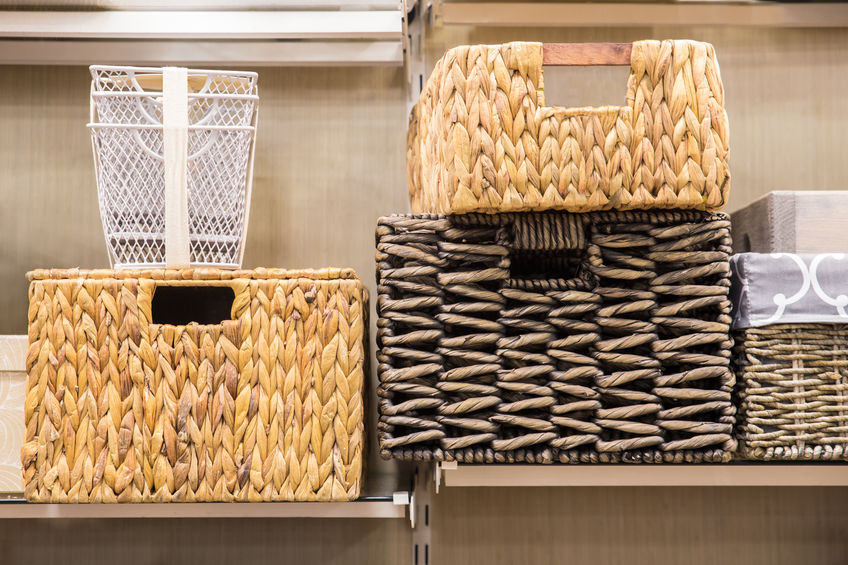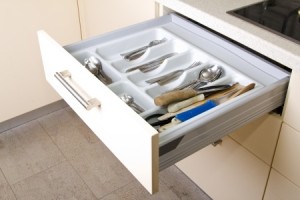
Is your home overflowing with unnecessary items? Do you feel too overwhelmed to even begin working on your house? Are you tired of not knowing where to put all of your things? If you answered “absolutely” to any of these questions above, know you’re not alone and we would love to help you. Ideally, you will find yourself reorganizing your home at least once a year. Every year we see ourselves buying more miscellaneous items and belongings to fill our homes to their brink. To help you achieve maximum organization and function, we have created a guide for organizing an overpacked home. Let’s take a look!
How to Organize an Overpacked Home:
Search for Storage. Storing your items is the only way you will get them out of sight and out of mind. Decorative pieces can be left out, but things that do not serve a daily purpose should be stored away.
Clean out Your Cabinets, Closets, and Drawers. You can find a lot of unnecessary items tucked away in your cupboards. A best practice in organizing is clearing out your built-in storage containers before adding more items. After you have cleaned out your available storage, take advantage of these spaces that are provided by your house. You can then begin to put things back into your drawers and closets.
Buy Storage Containers. There is an array of home furnishing items that add style while providing storage to your home. Pieces that optimize storage and style are:
- Bookcases
- Benches
- Baskets/Bins
- Coffee Tables
- Desks
- Dressers
- Vanities
Organize in Style. Organizing your home does not necessarily mean marking each item with a label and placing it into a clear container. Organizing your home can allow you to add more to spaces than you previously had. Things to consider:
- Home offices hold a lot of storage potential. Having an office in your house will also help keep your home organized. You really only need a desk to make a space your home office. Once you have a desk, consider everything you have the potential to store in it:
- Mail and letters
- Notebooks
- Office supplies (pens, pencils, paper, scissors, tape, etc.)
- Books
- Computer/Laptop
- Pets tend to have a lot of their own belongings. Make a section in your home designated for their items. You can install a shelf or a cabinet to hold all their belongings. Storing the items up high is mutually beneficial; it guarantees your pet cannot get into something they should not, and you can decorate the piece to your liking.
- Pet items can easily be stored in places like the garage or basement to help you maximize the use of your high-traffic areas.
- Kids’ toys can be everywhere sometimes. Chests/bins are a stylish piece of furniture that can store your little one’s toys and activities.
Ultimately, the key to organization is cleaning. You must clean out your home before you can begin to organize it. Now is the perfect time to get started on cleaning out your house. Keep in mind, you do not need to throw everything away! Let us know how your organizing project turn out!


